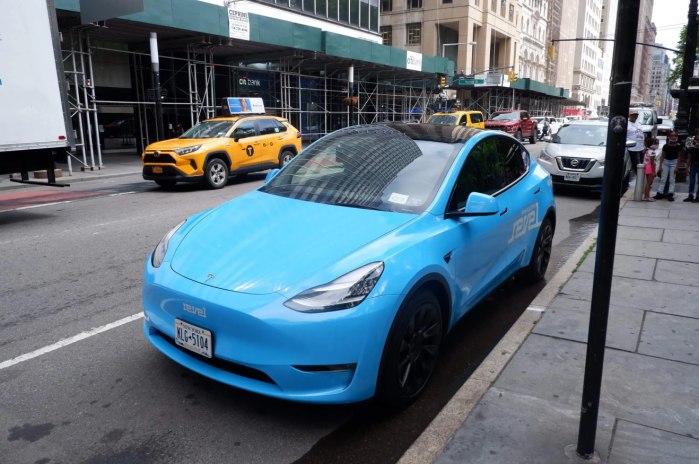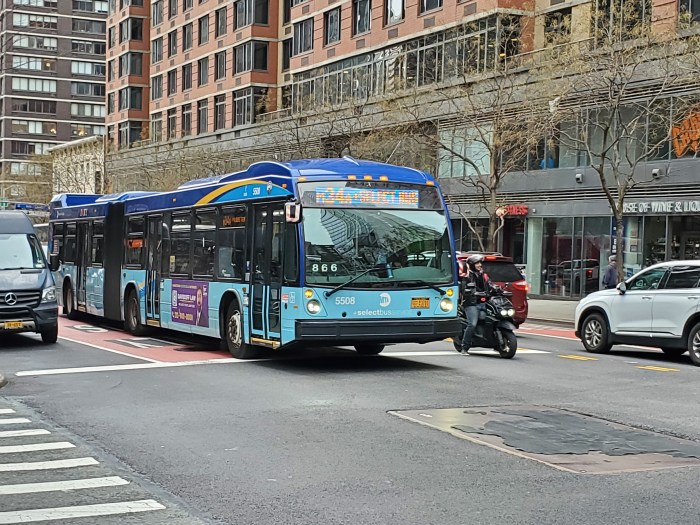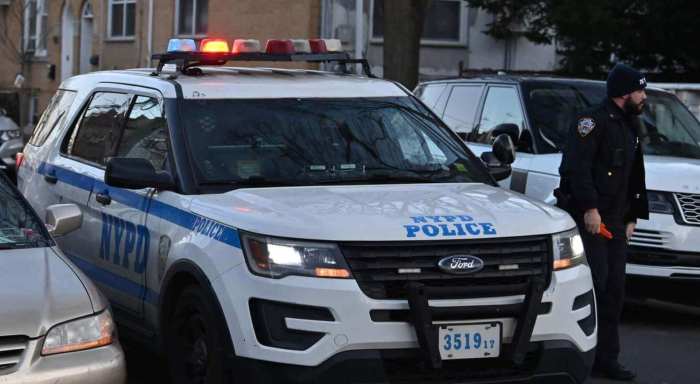
Cameras are outpacing cops when it comes to bringing in money for traffic fines, according to a report released Tuesday.
The city’s Independent Budget Office said that cameras catching drivers speeding, running red lights or traveling in bus lanes are projected to generate about 80%, or nearly $50 million, of the $62.5 million the city is projected to pull in from traffic infractions in the 2015 fiscal year.
That is an increase from the 2014 fiscal year, which saw 75% of the $55.3 million the city took in from summonses generated through these cameras.
The cameras, particularly those that catch lead-foot drivers and red-light runners, are a key part of Mayor Bill de Blasio’s Vision Zero traffic safety agenda.
“If folks would obey the speed limit and not jump lights and the city were collecting no revenue from that, we would consider that a victory, because the streets would be a lot safer,” city Department of Transportation Commissioner Polly Trottenberg said. “We’re not focused on the revenue raising part of this, we’re really focused on the safety part of this.”
The red-light camera system includes 150 cameras; the city meanwhile got permission from Albany to install up to 140 speed cameras near schools.
Robert Sinclair of AAA New York criticized cameras as a “gotcha” program without warning signs, adding that automated enforcement is a “slippery slope to becoming a Big Brother society.”
“Certain situations, cameras are a stopgap measure,” he said. “Really, visible enforcement [from police officers] is the best way.”
The money generated from speed cameras is expected to jump to 7.6 million in the 2015 fiscal year, from $2 million the prior year, according to the IBO data.
Meanwhile, the revenue from tickets police write — covering a host of traffic violations beyond what the cameras catch — will drop to $12.6 million, the lowest amount since the 2002 fiscal year.
“We know automated enforcement saves lives, and it’s clear that these systems are a great asset to the NYPD in its role in achieving Mayor de Blasio’s Vision Zero goal,” said Noah Budnick, deputy director at Transportation Alternatives, a street safety group.
The DOT said red-light cameras have caused drivers to change bad behavior, citing the average camera issuing 8.7 violations a day, down from 31 daily violations when the program launched in 1993.
Meanwhile, the latest NYPD traffic statistics showed the department issued 571,292 moving violations between January and June — more than 83,000 of them were issued for speeding, driving in bus lanes and blowing a red light.
The NYPD did not respond to a request for comment on the IBO data.

















